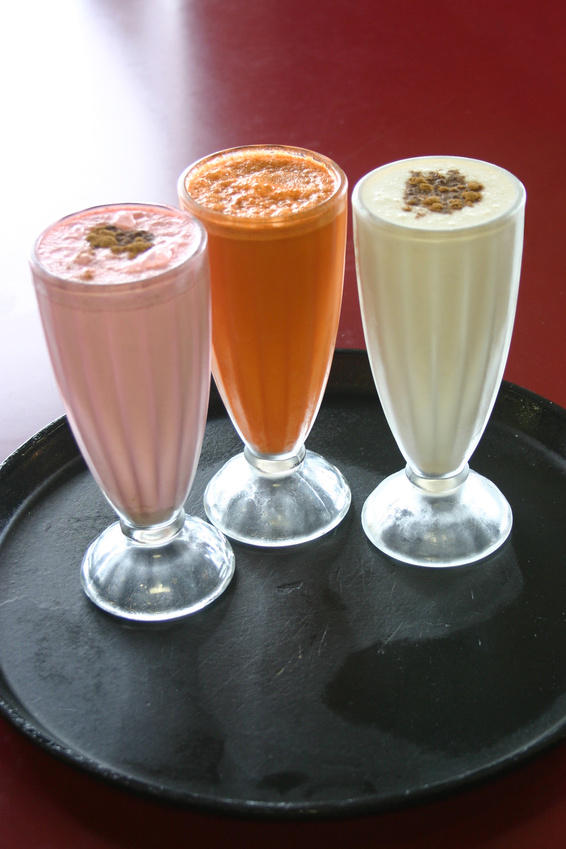The outbreak of avian-origin influenza A (H7N9) virus in eastern China
1,2 has reminded the world of the imminent threat of unexpected pathogens, including an "old" virus, influenza. Recent conversation has centered on H5N1, H9N2, H7N3, and H7N7, but never before had we considered H7N9 to be the cause of outbreaks of human infection or the next possible pandemic. Maybe we have to take a closer look at the possibility of reassortment among any of the 16 hemagglutinins and 9 neuraminidases subtypes, and even within the newly identified bat-derived, influenza-like virus H17N10.
3,4A new coronavirus, called human coronavirus Erasmus Medical Center (hCoV-EMC) (with a recent proposed new name as Middle East respiratory syndrome coronavirus, or MERS-CoV in abbreviation), has caused alarm in the Middle East, as human infection was first reported in March 2012.
5 In one year, as of May 12, 2013, there have been 34 cases, with 18 fatalities in total (
www.who.org). More importantly, human-to-human transmission has been reported, with second-generation infections in France and the UK in those individuals who have had close contact with patients with a history of travel to the Middle East.
Less publicized but equally significant, the recently emerged severe fever with thrombocytopenia syndrome virus (SFTSV) expanded its geographic spectrum in 2012 - 2013, from China to the USA, and now to Japan.
SFTSV-induced disease was first suspected in China in 2009, and the virus was isolated and confirmed in 2011.
6 SFTSV is a new member of the genus
Phlebovirus, with over 70 known members in the genus, which is in the family Bunyaviridae. Although the phlebovirus has been found in Africa and Europe for many years, SFTSV is the first-ever virus of this type isolated in China.
6,7,8,9,10 The virus is known as the Heartland virus after the name of the place (Heartland, Missouri) where the virus was first isolated in the USA. The Heartland virus is phylogenetically distinct from SFTSV isolated in China, although similar clinical manifestations have been observed.
9


Comment: Read more 'shocking' information about Aspartame: Toxicology:
ASPARTAME - The Silent Killer
Aspartame: The Politics of Food
From Aspartame to Political Ponerology
Aspartame: Safety Approved In 90 Nations, But Damages Brain
A Dangerous Spin On The Cancer Risks Of Sugar-Free Sweeteners
Aspartame's Sweet Dreams; Who Are We to Disagree?
FDA Hid Research That Damned Aspartame: Fatal Studies Should Have Blocked NutraSweet Approval
Aspartame A Risk To Public Health: Made from Genetically Modified Bacteria Waste